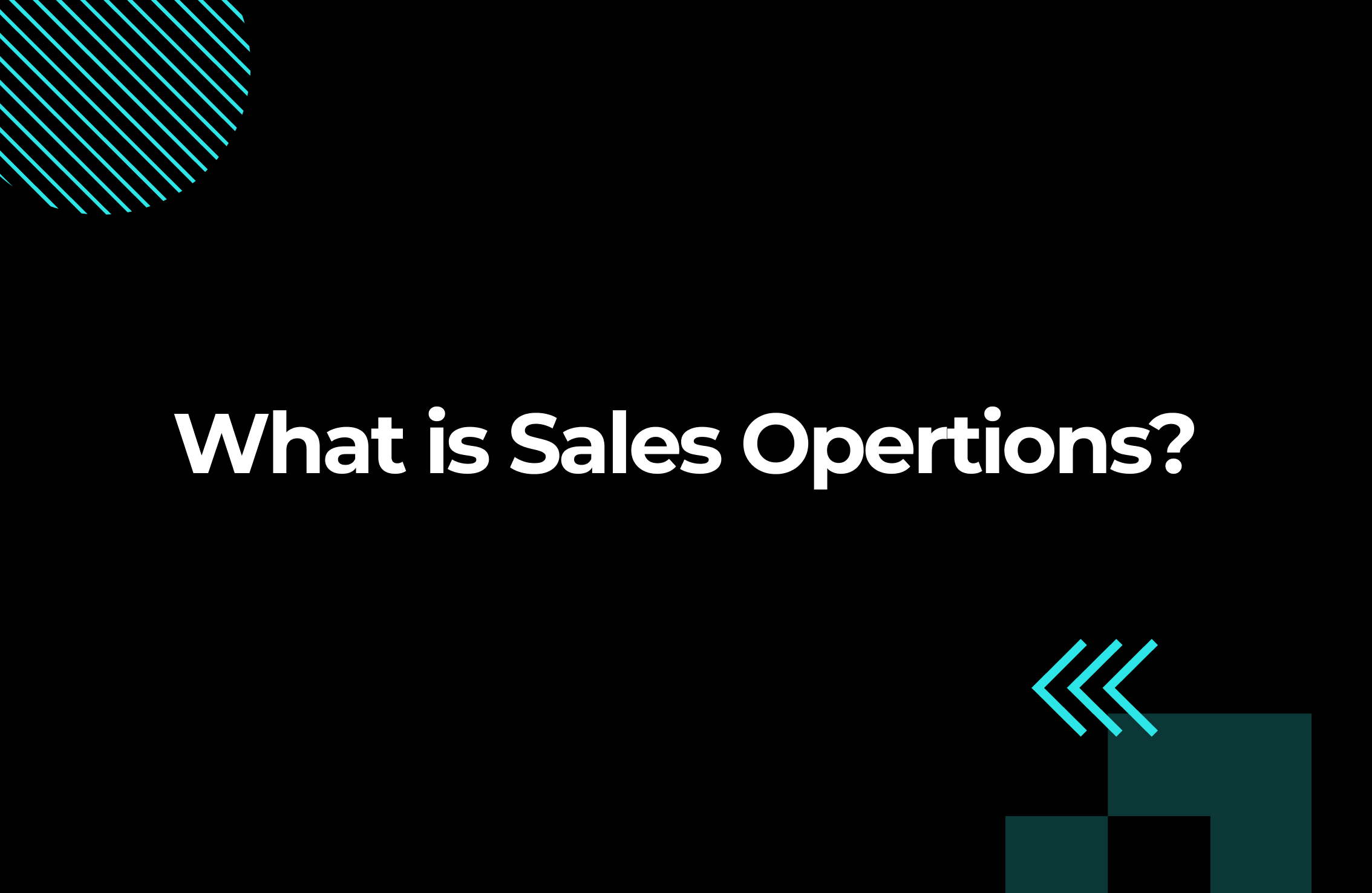From this article, you'll learn how to strategize, orchestrate, and execute account-based marketing campaigns in HubSpot. By following our guide, you'll be able to:
- Identify high-value accounts: Select and prioritize accounts most likely to buy. Segment by account status.
- Be relevant at scale: Cut through the noise with messaging based on the account’s key initiatives and tailored use cases.
- Have clear attribution: Monitor ABM's impact on pipeline and revenue. Improve budget ROI.
Let's deep dive into it.
Table of Contents
Sales forecasting relies on a well-defined pipeline. Each deal in the pipeline should have specific attributes including:


Caution: Maintaining accurate and updated close dates by your sales reps is crucial for precise forecasting.
This is what a pipeline built from the above attributes looks like in HubSpot:

Monthly weighted forecasting helps you estimate the finish line month by month.
To do that assign a % probability to each deal based on its pipeline stage and multiply it by the deal amount.
.png?width=960&height=540&name=Webinar%20-%20Sales%20Forecasting%20%26%20Planning%20with%20HubSpot%20(11).png)
Probability is updated automatically whenever a deal stage is changed.
As a result, you get a clear picture of expected revenue for each month.

This approach offers a more nuanced understanding of potential outcomes for your finish line.

Types of forecasting scenarios:
The first step in the process is to define clear and realistic new business goals for the upcoming year. Start by determining how much you want to grow, considering quarter-by-quarter seasonality.

Once you've established your overall new business goals, the next step is to split them into quarterly targets based on seasonality.
Recognize that different quarters may have varying demands and opportunities.
This allows for a more nuanced approach to goal-setting and aligns your business strategy with the rhythm of the industry.
Understanding the win rates in your sales pipeline is essential for setting realistic goals. If, for instance, you aim to win $640 in a quarter and have a 20% win rate, you'll need to have four to five times that amount in your pipeline.

Factor in your sales cycle duration, especially if it tends to be lengthy. Adjust your pipeline requirements accordingly to ensure timely and achievable results.
Evaluate your pipeline coverage by comparing the required pipeline against the actual pipeline.

If you observe a deviation from the required pipeline value it's an early warning sign that you may not reach your goals in the upcoming months.
It provides a proactive approach to forecasting, allowing for timely interventions and adjustments.
Service-based companies often lack the stability of fixed monthly subscriptions, dealing instead with project-based revenue. This makes forecasting complex due to varied billing models like:
IT projects typically span several months. Thus, you have to spread revenue across billing months based on ongoing project utilization.
Unfortunately, HubSpot's default forecasting doesn't support this approach and splits deals evenly in a SaaS manner.

(HubSpot default recurring revenue reporting)
As a result, you don't see the actuals in the revenue reporting.
Also, you cannot track future revenues from WON deals still due to be invoiced in the coming months.
Your forecasting doesn't give you business predictability and hinders decision-making.
This is why IT and Software Houses need forecasting tailored to the service-based business model.

Using this model, you track four revenue metrics:
Based on those metrics, you build a set of dashboards that give you a helicopter view of your business performance and allow forecast revenue accurately.
There are 4 questions your revenue reporting has to answer:
Where are you now?
How are you pacing?
What's the gap to target?
What can cover this gap?
The below reports will help you to find the answers.
*In the below examples actual revenue means invoiced.
Here you want to learn what your invoiced revenue stream looks like vs. last year, and how you're doing against your targets.

.png?width=870&height=532&name=Actual%20revenue%20vs%20target%20monthly%20(2).png)
These reports give you insights into where you will finish the year given the actual delivery and contracted revenue.


These reports
.png?width=888&height=544&name=Monthly%20gap%20to%20target%20(2).png)
These reports give you insights into revenue that may come from open deals in the pipeline multiplied by the sales stage probability.


Now you probably ask yourself: how can I build similar dashboards in my CRM?
Don't worry, we got you covered.
Below you can see a step-by-step process of creating custom revenue reporting in HubSpot we're using for our clients.



.png)
